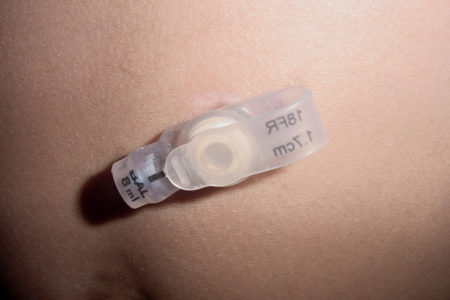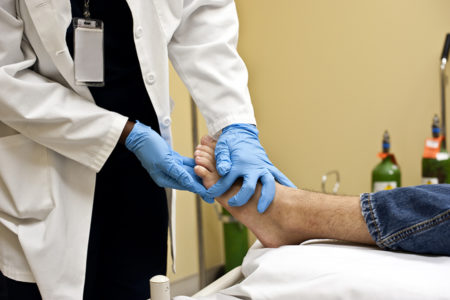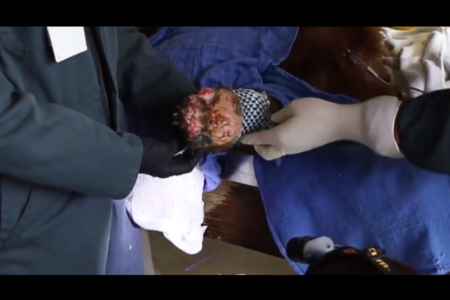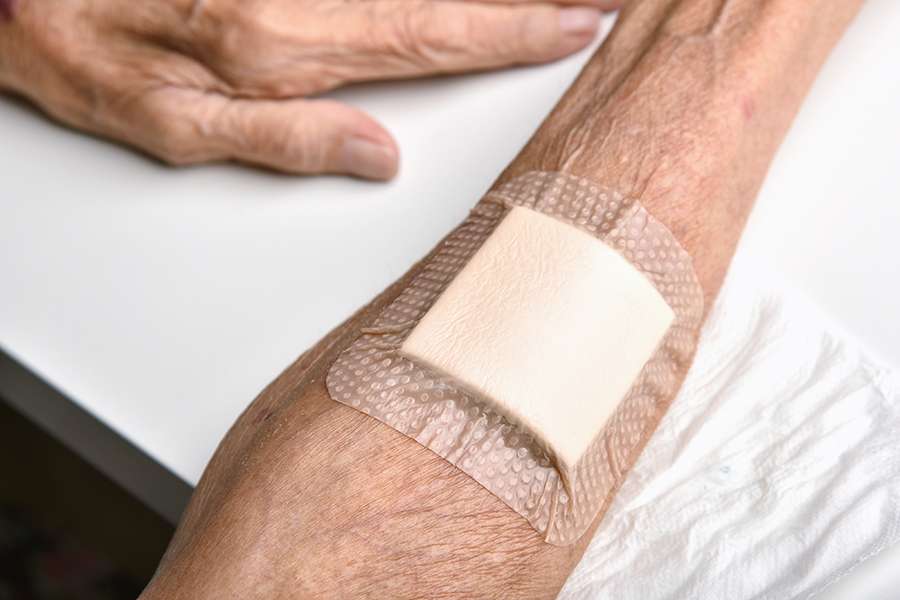When discussing injuries to bones and joints, terms like “break”, “sprain”, and “fracture” are sometimes used interchangeably, leading to confusion. Recently, my wife and I took our daughter to the ER after a playful event turned into an injury. In trying to understand her level of pain and what that pain felt like, I wondered about the differences between a break, sprain or fracture. Each term refers to a specific type of injury with its own treatment and recovery protocols. Understanding the differences between these injuries can help in managing them effectively and ensuring appropriate medical care for yourself and others.
1. Break
A “break” generally refers to any disruption in the continuity of a bone, such as the bone has cracked or broken into two or more pieces.
Types:
- Simple (Closed) Break: The bone breaks, but does not puncture the skin.
- Compound (Open) Break: The bone breaks and pierces through the skin, increasing the risk of infection.
- Partial Break: The bone cracks, but does not break all the way through.
Symptoms:
- Intense pain
- Swelling and bruising
- Deformity or misalignment
- Inability to move the affected area
Treatment:
- Immobilization with a cast or splint
- Pain management
- Surgery in severe cases
- Physical therapy for rehabilitation
2. Sprain
A sprain involves an injury to the ligaments: the tissues that connect bones to each other and stabilize joints. Sprains occur when these ligaments are stretched or torn, typically due to a sudden twist or impact.
Common Areas:
- Ankle
- Wrist
- Knee
Symptoms:
- Pain around the affected joint
- Swelling and bruising
- Limited ability to move the joint
- A popping or tearing sensation at the time of injury
Treatment:
- RICE Method – Rest, Ice, Compression, Elevation
- Pain management
- Physical therapy exercises
- In severe cases, surgery to repair torn ligaments
3. Fracture
If you thought a “fracture” and a “break” were the same, you are correct! “Break” is the common term, while “fracture” is the medical term. A fracture specifically refers to a crack or break in a bone. This medical term encompasses all types of breaks, and it can range from hairline fractures to complete breaks. Fractures are classified based on their nature and severity.
Types of Fractures:
- Stable Fracture: The broken ends of the bone line up and are barely out of place.
- Transverse Fracture: A horizontal fracture line.
- Oblique Fracture: An angled fracture line.
- Comminuted Fracture: The bone shatters into three or more pieces.
Symptoms:
- Intense pain
- Swelling and bruising
- Deformity or misalignment
- Inability to move the affected area
- Sometimes accompanied by a grinding noise when the injury occurs
Treatment:
- Immobilization with a cast or splint
- Pain management
- Surgery in severe cases
- Physical therapy for rehabilitation
- Specific treatment plans based on the type and location of the fracture
In summary: break and fracture refer to the same medical condition. “Break” is a common term, while “fracture” is the medical term. While breaks/fractures affect bones, sprains affect ligaments.
Understanding these differences can help in providing appropriate first aid and seeking the correct medical treatment. Always consult a healthcare professional for an accurate diagnosis and tailored treatment plan if you suspect any of these injuries.



























